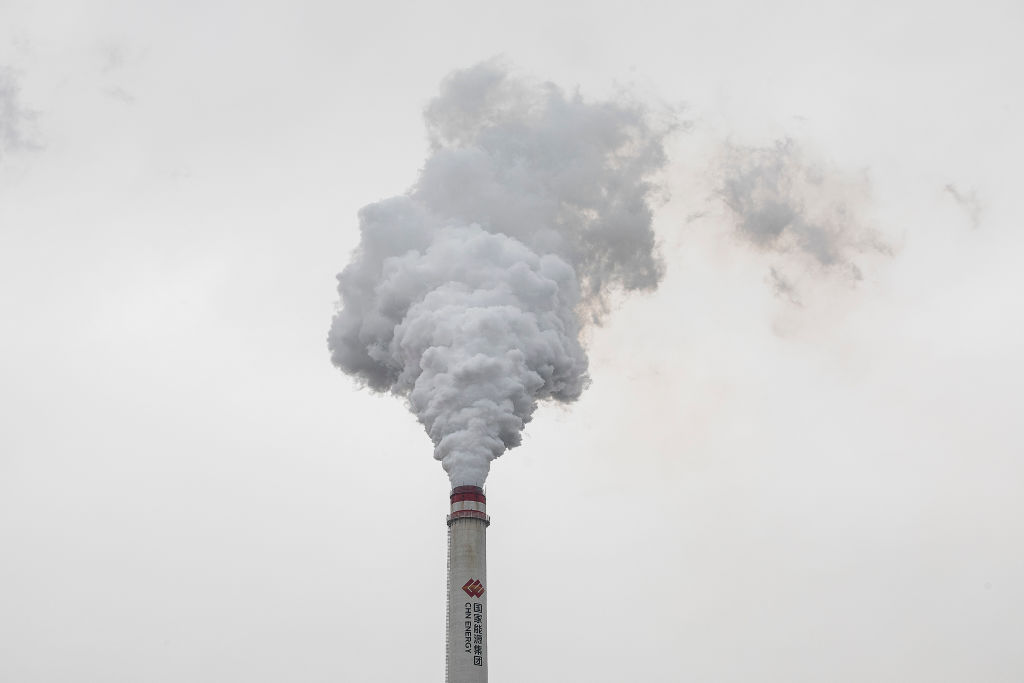- Sunday, May 05, 2024

By: Shubham Ghosh
WHILE environmental activists and political leaders across the globe are busy looking for quick solutions to slow down the planet’s rising temperatures so that the future can be saved, there are several places on this earth still that are least bothered about the impending crisis and where activities that are harmful for the environment are still being carried out without any caution.
One such place is located in the southernmost state of India – Tamil Nadu. According to a report by Reuters, on the coastline near India’s southernmost tip, workers are found toiling on a pier that carries a conveyor belt that cuts a mile into the Indian Ocean where ships unload huge cargoes of coal. The belt is supposed to carry millions of tonnes of coal every year to a giant power plant located inland which will burn fuel for at least three decades to give power to more than 70 million people that live in Tamil Nadu.
ALSO READ: COP26 kicks off but are the hard questions being dodged?
The Udangudi plant is just one of nearly 200 coal-fired power stations that are under construction in Asia. Nearly 100 of them are being built in China, 28 in India and 23 in Indonesia, according to the United States’ non-profit organisation Global Energy Monitor (GEM), San Francisco.
Modi arrives in UK for COP26, to meet PM Johnson
The new fleet will cause planet-warming emissions for a long time to come, something world leaders are trying to prevent and are meeting at the crucial GOP26 Summit in Glasgow that kicked off on Sunday (31). At the summit, the leaders aim to put an end to coal as a source of power.
However, the consensus on banning the use of coal is far, far away. In fact, use of coal remains a divisive issue between the industrialised and developing countries in the battle against climate change.
Many industrialised nations have been closing down coal plants to reduce emissions. The US, for example, has shut down more than 300 plants since 2000. But in Asia, the world’s most populated continent which is also home to about half of global manufacturing, the use of coal is increasing as rapidly developing economies meet their booming demand for power.
According to data from GEM, more than 90 per cent of 195 coal plants that are being built around the world are located in Asia, Reuters cited.
In Tamil Nadu, which is India’s second-most industrialised state, one senior official from Tamil Nadu Generation and Distribution Corp told Reuters that they can’t depend on just solar and wind power. “You can have the cake of coal and an icing of solar,” he said on the condition of anonymity, justifying why Tamil Nadu is building the most number of coal-run plants in India.
Despite a dramatic rise in renewable energy output, the global economy remains dependent on coal for electricity. In Asia, coal’s share of the generation mix is twice the global average – especially in rising economies such as India.
In 2020, more than 35 per cent of the world’s power came from coal, according to the BP Statistical Review of World Energy. Roughly 25 per cent came from natural gas, 16 per cent from hydro dams, 12 per cent from renewables like solar and wind and 10 per cent from nuclear.
This year, the demand for coal is set to shoot even higher, driving prices to all-time highs and leading to a worldwide rush for fuel.
The carbon dioxide (CO2) emissions from the new coal plants alone will be close to 28 billion tonnes over their three decades, according to GEM. That’s close to the 32 billion tonnes of total worldwide CO2 emissions from all sources in 2020, according to BP, and it shows the tough battle that the world leaders who have assembled in Glasgow have in hand to make meaningful progress on the crucial matter of climate change.
Even developed economies in Asia that are committed to reducing emissions have dependent on coal. Japan, for instance, has turned to fossil fuel after its nuclear power industry faced a crisis since the 2011 Fukushima disaster and is building seven new big coal-fired power units to make up for it.
Australia too has said that there would be demand for coal for decades and clarified that the country will not give in under pressure from banks, regulators and investors to “hobble” the industry, Reuters added.
![]()